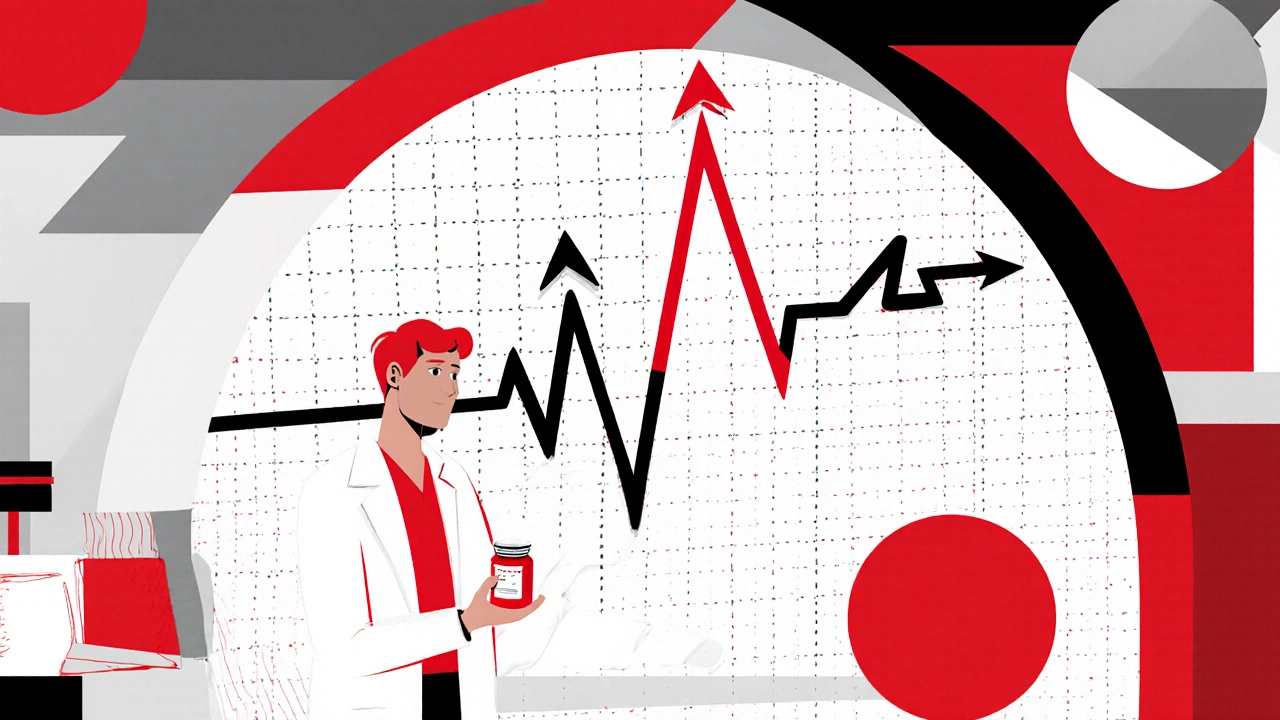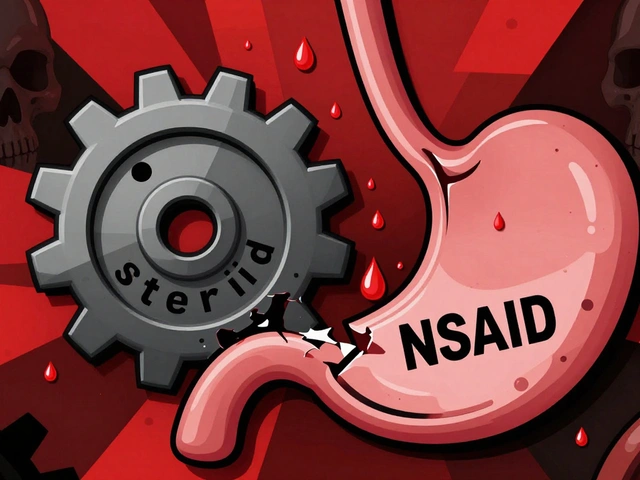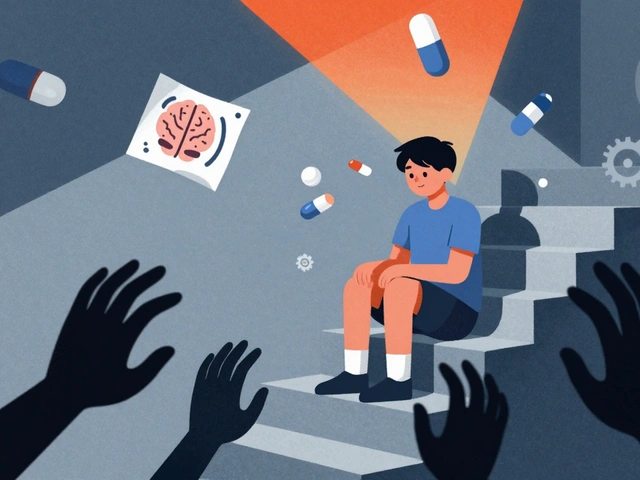Escitalopram Safety: What You Need to Know About Side Effects, Interactions, and Risks
When you're taking escitalopram, a selective serotonin reuptake inhibitor (SSRI) used to treat depression and anxiety. Also known as Lexapro, it works by balancing serotonin in your brain to improve mood and reduce panic. But like all medications, its safety depends on how it's used, who's taking it, and what else is in your system. Many people start escitalopram expecting quick relief, only to be caught off guard by side effects that don’t go away—or worse, get worse before they get better.
One of the biggest concerns with escitalopram, a common SSRI antidepressant is how it interacts with other drugs. Mixing it with blood thinners like warfarin can increase bleeding risk, while combining it with pain meds like NSAIDs raises the chance of stomach ulcers. Even something as simple as St. John’s Wort or certain migraine medications can trigger serotonin syndrome—a rare but dangerous spike in serotonin levels that causes confusion, rapid heart rate, and muscle stiffness. If you're on multiple meds, your pharmacist should flag these combos before you even start.
It’s not just about drugs, either. serotonin syndrome, a potentially life-threatening reaction caused by too much serotonin in the brain is often misunderstood. People think it only happens with overdoses, but it can start from just one new pill added to an existing regimen. That’s why doctors now recommend waiting at least two weeks after stopping an SSRI before starting another antidepressant or migraine drug. And if you’ve ever felt sudden shakiness, sweating, or racing thoughts after changing your dose, that’s not just "adjusting"—it could be early serotonin syndrome.
Then there’s the question of who shouldn’t take it. People with liver problems, heart rhythm issues, or a history of bipolar disorder need extra caution. Escitalopram can worsen mania in those with undiagnosed bipolar disorder, leading to reckless behavior or severe mood swings. And while it’s approved for teens and adults, the FDA warns about increased suicidal thoughts in people under 25 during the first few weeks of treatment. That’s why close monitoring in the beginning isn’t optional—it’s essential.
Side effects like nausea, drowsiness, or dry mouth often fade after a few weeks, but others stick around. Sexual side effects—lower libido, trouble reaching orgasm—are so common that many patients never tell their doctor. Weight gain is another quiet issue; some people gain 5–10 pounds without realizing it’s the med, not their diet. And then there’s withdrawal. Quitting escitalopram cold turkey can cause dizziness, brain zaps, and flu-like symptoms. Tapering slowly under supervision isn’t just smart—it’s the only safe way out.
What you’ll find below are real, detailed guides that cut through the noise. We’ve pulled together posts that look at how escitalopram compares to other antidepressants like citalopram, what to watch for when mixing it with common drugs, how to spot early signs of trouble, and what alternatives exist if side effects become too much. No fluff. No marketing. Just clear, practical info from people who’ve been there—and from the research that backs it up.

Citalopram vs Escitalopram: QT Prolongation Risks and Recommended Dose Limits
Explore how citalopram and escitalopram affect the QT interval, the dose limits set by regulators, and practical steps to minimize cardiac risk while treating depression.
read more




